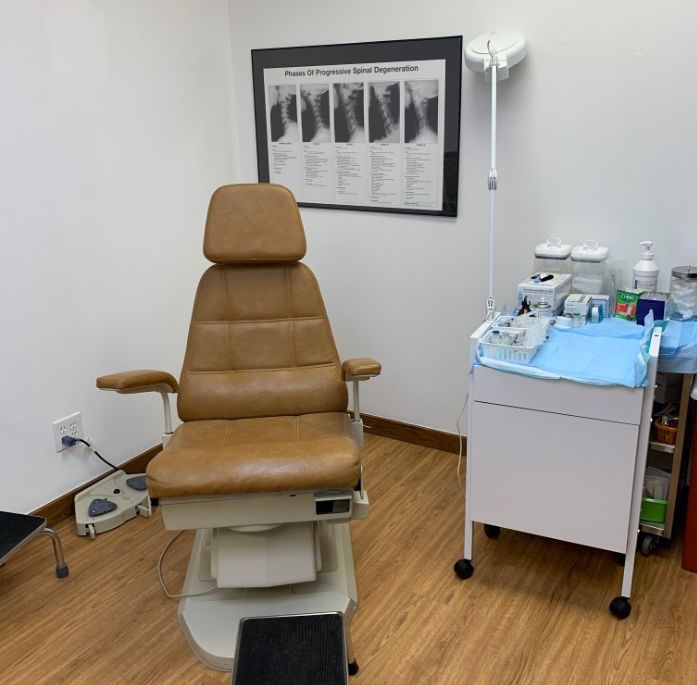Mistletoe extract for Cancer treatment therapy
FAQ: Mistletoe Extracts (PDQ®)–Patient Version
Overview
- Mistletoe is a semiparasitic plant that grows on several types of trees such as apple, oak, pine, and elm (see Question 1).
- Mistletoe is one of the most widely studied complementary and alternative medicine therapies in people with cancer. In Europe, mistletoe extracts are among the most prescribed drugs for patients with cancer (see Question 1).
- Mistletoe extracts are usually given by injection under the skin or, less often, into a vein, into the pleural cavity, or into a tumor (see Question 2).
- Few side effects have been reported from the use of mistletoe extracts (see Question 5).
- The U.S. Food and Drug Administration (FDA) has not approved mistletoe as a treatment for cancer or any other medical condition (see Question 6).
Questions and Answers About Mistletoe
- What is mistletoe?
Mistletoe is a semiparasitic plant that grows on trees, such as apple, oak, maple, elm, pine, and birch. It has been used for hundreds of years to treat medical conditions such as *epilepsy, *hypertension,*headaches, *menopausal symptoms, *infertility, *arthritis, and rheumatism-[arthritis].
Mistletoe is one of the most widely studied complementary and alternative medicine therapies for cancer. In Europe, mistletoe extracts are among the most prescribed therapies for cancer patients.
Mistletoe products vary, depending on the following factors:- The type of host tree on which the mistletoe grows.
- The species of mistletoe.
- The type of extract used and if it is made with homeopathic methods.
- The time of year the plant is picked.
- The company that makes the product.
Mistletoe extracts are made in water-based solutions or solutions of water and alcohol. Mistletoe products may be named according to the type of tree on which the plant grows. For example, IscadorM is from apple trees, IscadorP comes from pine trees, IscadorQu is from oak trees, and IscadorU comes from elm trees.
- How are mistletoe extracts given?
Mistletoe extracts are usually given by an injection under the skin (subcutaneous). Less common ways to give mistletoe include by mouth, into a vein (intravenous or IV), into the pleural cavity, or into a tumor. - What laboratory or animal studies have been done using mistletoe extracts?
In laboratory studies, tumor cells are used to test a substance to find out if it is likely to have any anticancer effects. In animal studies, tests are done to see if a drug, procedure, or treatment is safe and effective in animals. Laboratory and animal studies are done before a substance is tested in people.
Laboratory and animal studies have tested the effects of mistletoe extracts in laboratory experiments. See the Laboratory/Animal/Preclinical Studies section of the health professional version on Mistletoe Extracts for information on laboratory and animal studies done using mistletoe extracts. - Have any studies of mistletoe extracts been done in people?
Most clinical trials using mistletoe extracts to treat cancer have been done in Europe. Many studies use mistletoe as adjuvant therapy in patients with cancer. Although these trials have reported mistletoe extracts to be effective, weaknesses have been reported.- Size of trial.
- Lack of patient information.
- Lack of dose information.
- Study design.
Findings from studies with large numbers of patients reported the following:
- A retrospective cohort study done between 1993 and 2000 looked at the use of a mistletoe extract as long-term adjuvant therapy in 804 patients treated with chemotherapy and/or radiation therapy for colorectal cancer that had not spread. The study found that patients treated with mistletoe had fewer adverse events, better symptom relief, and improved disease-free survival compared to patients who did not receive mistletoe as adjuvant therapy.
- A study published in 2013 looked at the use of mistletoe in advanced or metastatic pancreatic cancer. Patients received best supportive care and were randomly assigned to receive either mistletoe or no anticancer therapy. Results in 220 patients showed that those treated with mistletoe had improved survival and less disease-related symptoms (including pain, weight loss, fatigue, nausea, diarrhea, and anxiety) compared with those who did not receive mistletoe.
- A study done between 1978 and 1987 looked at the use of mistletoe in non-small cell lung cancer that could not be treated with surgery. Patients were randomly assigned to receive one of 3 treatments: (1) a mistletoe injection; (2) an injection made from a sheep spleen said to stimulate the immune system and have antitumor effects; (3) a placebo injection of vitamin B. Results in 312 patients showed no differences among the 3 groups in survival or tumor response. It was noted that more patients in the mistletoe group reported an improved sense of well-being compared with patients in the other groups.
- A randomized clinical trial in 830 high-risk melanoma patients receiving treatment of interferon or mistletoe for one year, found that at 8 years follow-up there was no increase in survival time in either the interferon or the mistletoe group.
In 2002, the National Center for Complementary and Integrative Health (NCCIH) and the National Cancer Institute (NCI) enrolled patients in a phase I clinical trial of a mistletoe extract and gemcitabine in patients with advanced solid tumors. This combination showed low toxicity and no botanical-drug interactions were reported.
Reviews of combined clinical trials
Reviews have looked at the effects of mistletoe on quality of life, survival, and symptom relief in different types of cancer:- Quality of life was measured in a review that included 26 randomized clinical trials. Of these, 22 trials showed patients had improved quality of life. Chemotherapy-related fatigue, nausea and vomiting, depression, emotional well-being, and concentration improved. All 10 nonrandomized, controlled clinical trials reviewed also reported the same benefits. Some of the studies were well designed, while others had weaknesses.
- Tumor response, quality of life, and psychological distress were measured in a review of 21 randomized clinical trials in patients with different types of cancer. Mistletoe extracts were used either alone, with chemotherapy, or with radiation therapy. Most of the studies reported benefits for patients, although this review had weaknesses in design and size.
- Quality of life and survival were measured in a review of 10 randomized clinical trials which used mistletoe extracts in patients with different types of cancer. There was no difference in survival or quality of life measures in patients who received mistletoe compared to those who did not.
- Have any side effects or risks been reported from mistletoe?
Few serious side effects have been reported from the use of mistletoe extracts. Side effects include soreness and inflammation at injection sites, headache, fever, and chills. One review reported that treatment was NOT found to lessen [weaken] immune system response. [unlike chemotherapy and radiation which does weaken immune response] High doses of mistletoe damaged the liver in some cases, but damage was correctable.
Another review of clinical trials reported adverse effects that included circulatory problems, thrombophlebitis, swelling of lymph nodes, and allergic reactions.
A few cases of severe allergic reactions, including anaphylactic shock, have been reported. - Is mistletoe approved by the U.S. Food and Drug Administration (FDA) for use as a cancer treatment in the United States?
The U.S. Food and Drug Administration (FDA) has NOT APPROVED the use of mistletoe as a treatment for cancer or any other medical condition.
Contact Kentuckiana Integrative Medicine, Louisville’s Regenerative Medicine Clinic
Find out if regenerative medicine is right for you! Learn more by contacting us today by filling out a form online to request a consultation with one of our regenerative medicine doctors. We are located directly across Louisville, KY in Jeffersonville.

